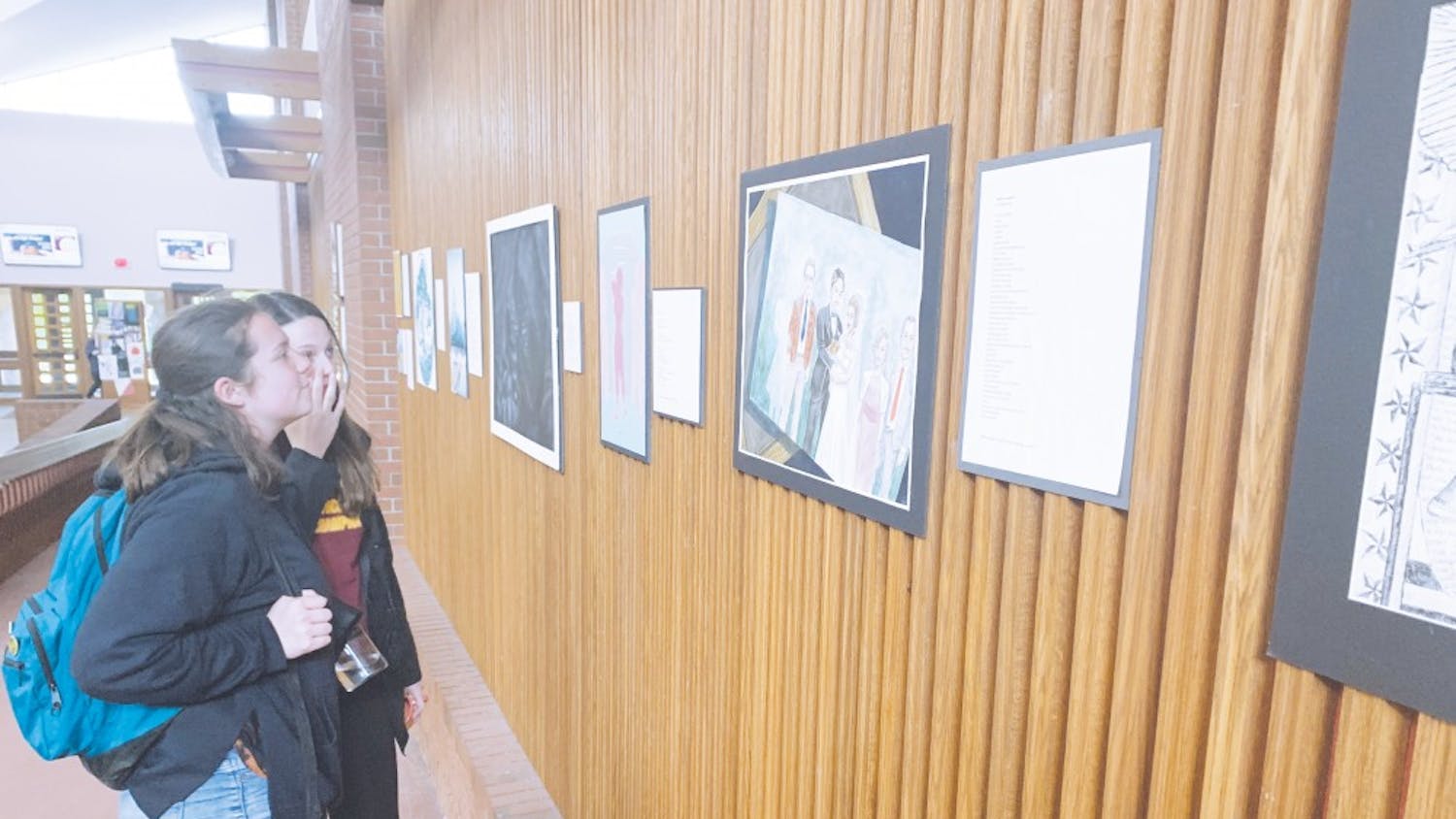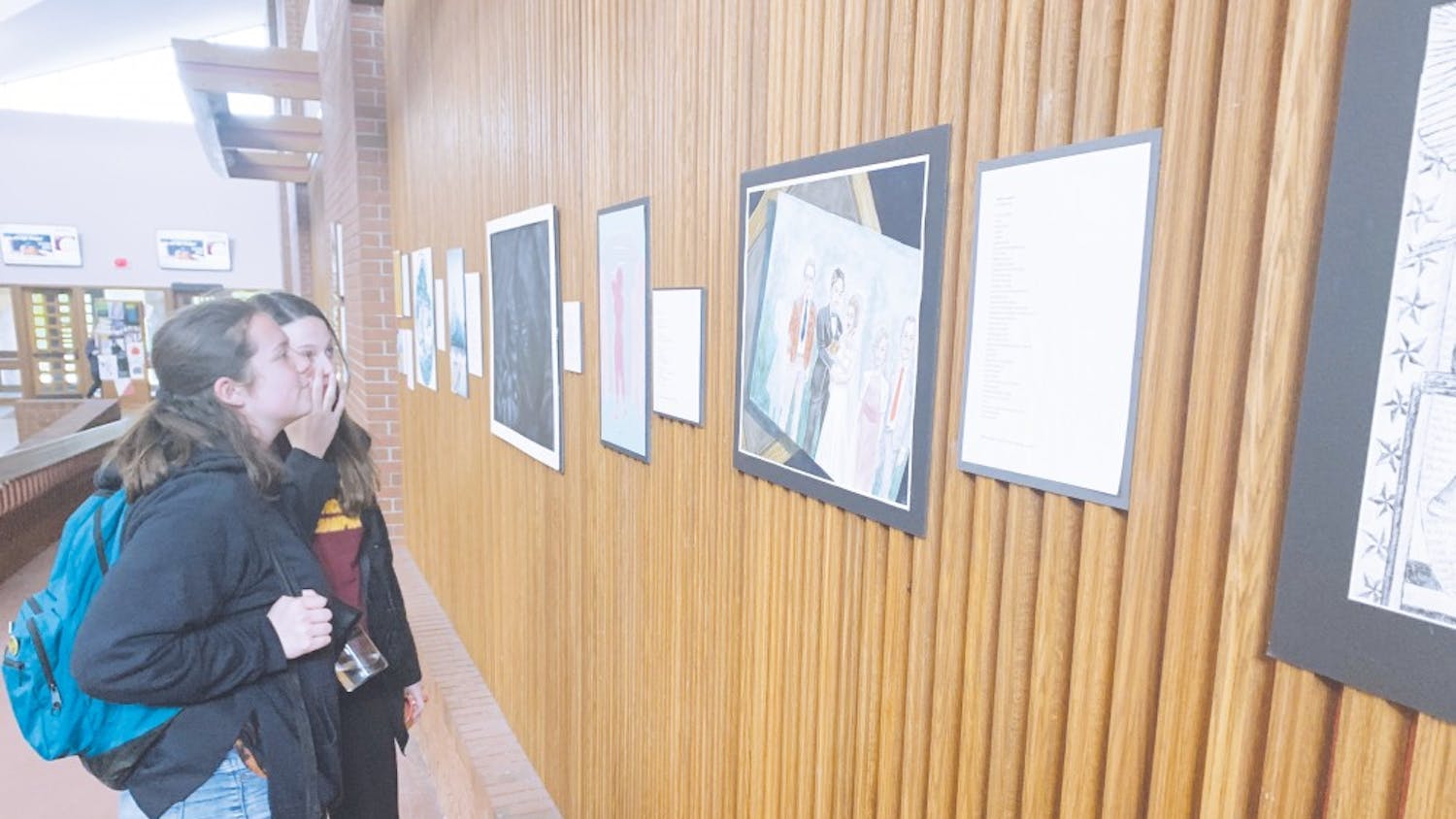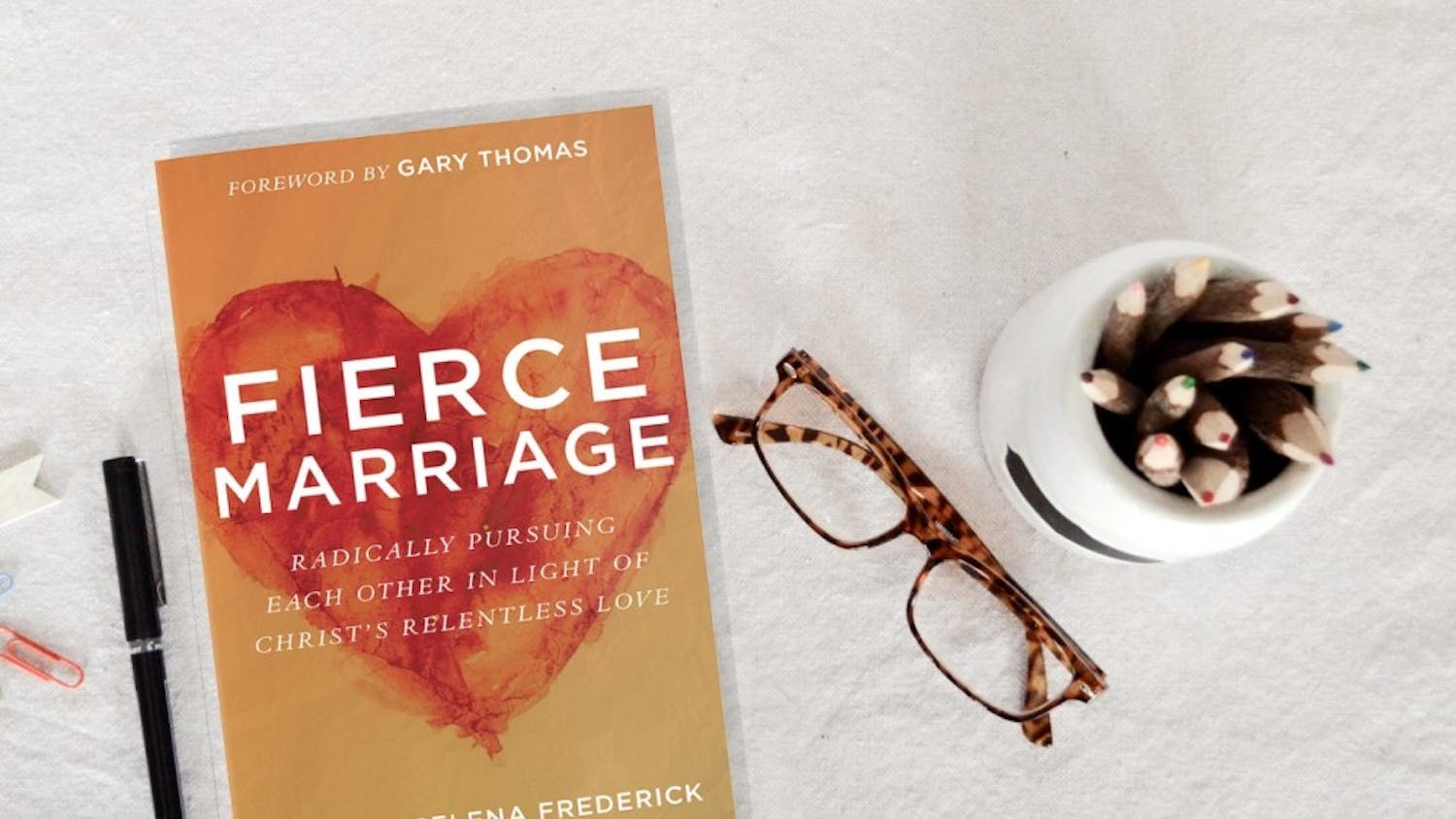By David Seaman
You cannot see "Cloud Atlas" without admiring the ambition and hard work that went into its making. It is impossible to ignore the sheer size and scope of the story being told. But does the story hold up against epic production values?
One of the most expensive independent films of all time, "Cloud Atlas" uses its massive budget to construct six very different storylines. The first involves a seafaring lawyer in
1849 befriending a stowaway slave. The lawyer writes about his experiences in a journal, which ends up in the hands of an aspiring composer in 1936 England, who ends up writing a beautiful piece called "The Cloud Atlas Sextet." This is then discovered by investigative journalist in 1973 San Francisco who is trying to expose the secrets of a nuclear power plant. She records a book that publisher Timothy Cavendish reads in 2012 London as he tries to escape a nursing home. His outlandish story eventually is filmed and seen 132 years later in 2144 Neo Seoul. In this timeline a manufactured clone or "fabricant" rebels against a consumerist totalitarian regime with the help of a rebel leader.
All of this eventually leads to the year 2321, where the fabricant is worshiped by survivors of humankind's nuclear apocalypse in Hawaii.
It's a lot to digest, even at a running time of almost three hours. The storylines are introduced and then mixed together, jumping from one to the next. Three directors guide the stories: Andy and Lana Wachowski ("The Matrix") tackle the 1849 piece as well as the two sci-fi sets. Director Tom Twyker covers the remaining stories.
The makeup and production for "Cloud Atlas" is incredible. Tom Hanks, Halle Berry, Hugo Weaving and more each play different characters in different timelines. Hanks plays a scheming doctor, an insane English writer and a confused goatherd. Berry is unrecognizable as a maestro's wife; so is Hugh Grant in his role as the creepy boss of the fabricants. Even genders are transcended, with Hugo Weaving and James D'Arcy transformed into very convincing women.
Each timeline fits a certain genre - whether period drama, failed romance, mystery thriller or quirky British comedy. By far the most effective and moving is the 2144 dystopian sci-fi fable. The Wachowskis are right at home crafting the "Blade Runner"-like setting of Neo Seoul. The action is visceral and exciting. In a movie that emphasizes personal freedom and the impact of individuals, the storyline feels the most relatable despite the sci-fi setting.
The problem is not the timelines nor the production, but all the themes "Cloud Atlas" throws at its viewers. A major connecting theme is the overcoming of oppression and the idea that every person matters and every decision has consequences. The courageous have the chance to shift the balance. "Only those deprived of freedom have the barest inkling of what it is," says one voice-over. We see this quote in action through the subjugation of slaves, gays, journalists, the elderly, artificial creations and survivors throughout the storylines. Some of it comes off as genuine.
But most of the time it seems forced. Dialogue about oppression, freedom and the grand message that we are all connected are so on-the-nose that it becomes tiring. Instead of inspiring our own thoughts about these questions, "Cloud Atlas" lectures us.
"Cloud Atlas" falls somewhere between a masterpiece and an enormously pretentious mess. It tries too hard; and while its themes are clear, the mashing of storylines is not. If the timelines were told in chronological order, if the themes were more subtle and the film not overly long, "Cloud Atlas" could have been fantastic. For now we are left with a flawed but beautiful film that unfortunately takes itself a bit too seriously.




